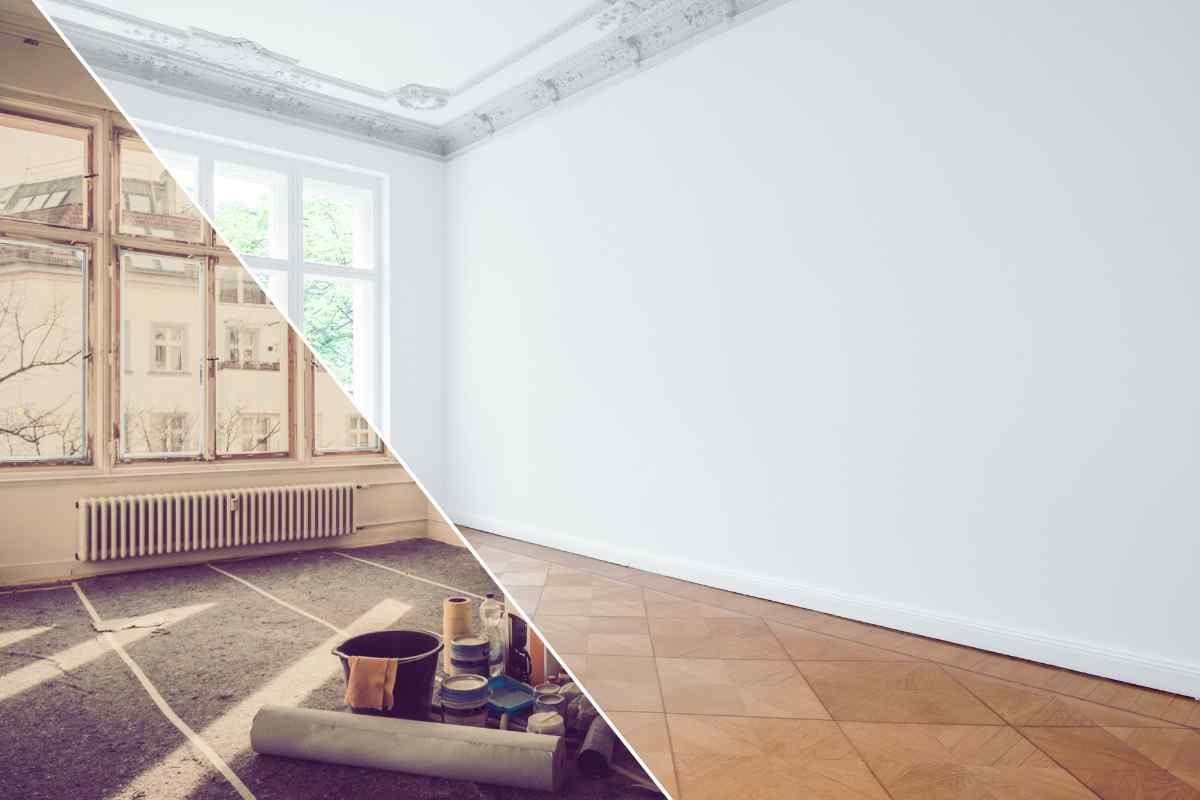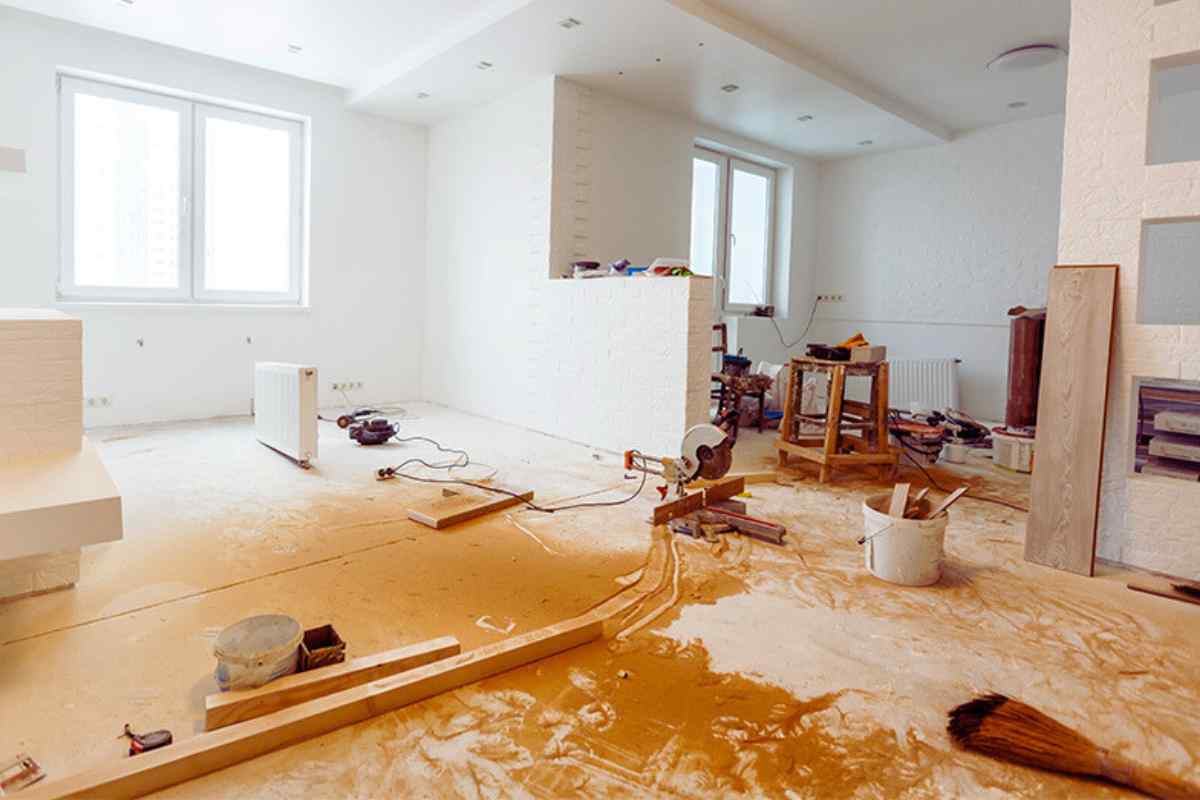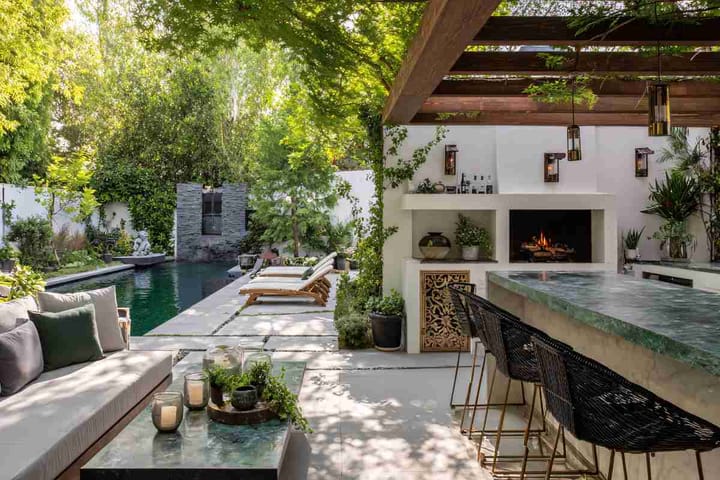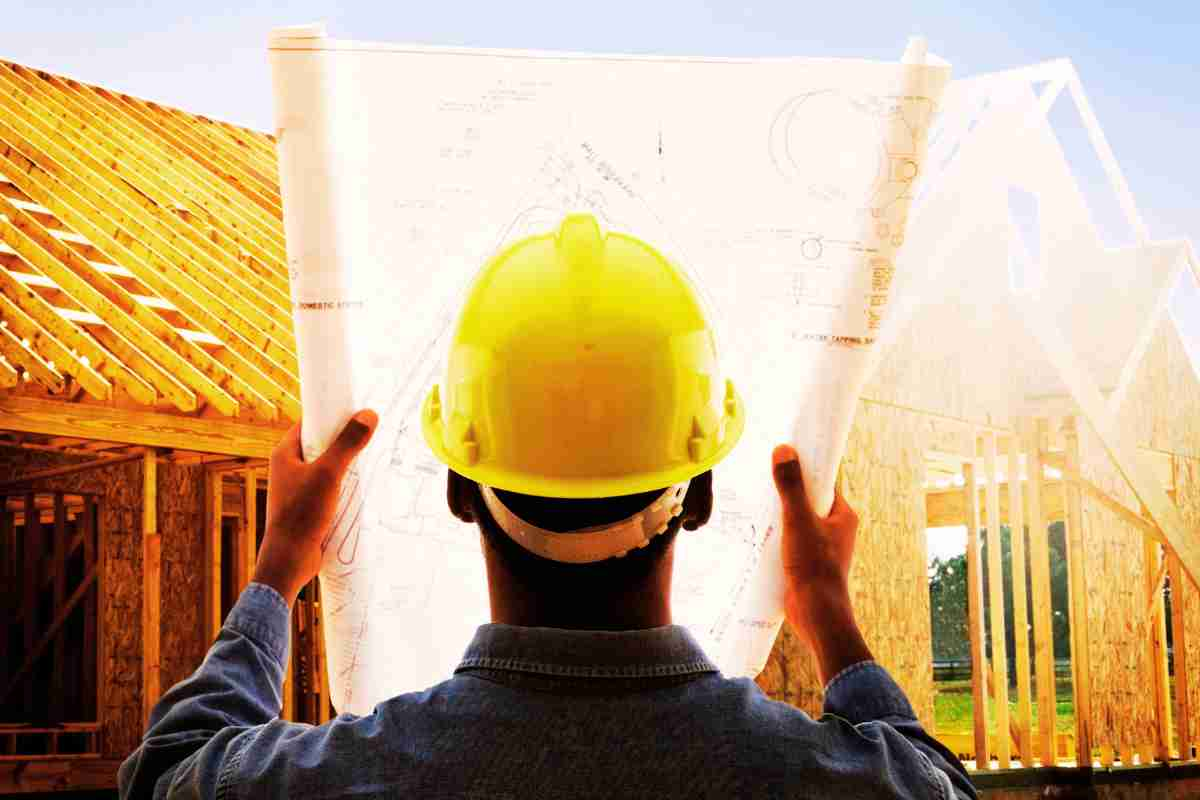What To Expect Of The Design-build Construction Process
The design-build process combines design and construction in one contract, offering efficiency. This method overlaps phases, reducing costs and timelines.

The design-build construction process presents a streamlined approach to delivering projects by combining design and construction services under a single contract. Clients often select this method for its efficiency and the singular point of responsibility it offers. In contrast to the traditional design-bid-build model where the design and construction phases are separate, the design-build framework facilitates a quicker project delivery by overlapping the design and construction phases, potentially reducing costs and timelines.
Moving through the design-build process, clients work with a unified team from start to finish, creating a collaborative environment that fosters innovative solutions and rapid project completion. The integration of designers and builders into one team allows for a high level of communication, which often translates into projects meeting or exceeding client expectations. Risk management is integral to the design-build process, as the single entity is responsible for the entirety of the project, including controlling costs and adhering to schedules.
Understanding the Design-Build Model
The design-build model integrates design and construction services under a single contract. Fuelled by the efficiency of a unified workflow, this approach can lead to cost and time savings.

Key Characteristics
Single-Point Responsibility: The design-build firm holds full accountability, ensuring a cohesive project from start to finish.
Time Efficiency: Parallel processing of design and construction phases can result in a faster project turnaround compared to traditional methods.
Cost Savings: A synergistic approach often leads to diminished overall costs due to reduced administrative burdens and streamlined communication.
Integrated Teams: Design-build projects benefit from collaborative teams which enhance innovation and problem-solving.
Advantages and Challenges
Advantages:
- Streamlined Communication: One entity, such as Design Build Los Angeles, manages all aspects, improving clarity and response times.
- Cost-Efficient Changes: Modifications can be implemented with minimal disruption to project timeliness.
- Quality Control: The design-build team maintains consistent quality standards throughout the project.
Challenges:
- Limited Design Flexibility: Early design finalization may restrict creative changes later in the project.
- Potential for Reduced Checks and Balances: With a single entity, clients must rely heavily on the integrity and expertise of the design-build provider.
- Selection Complexity: Clients must carefully vet potential design-build firms, like Design Build Los Angeles, to ensure they have the necessary capability and experience for the project.
Navigating the Process
The design-build construction process unifies design and construction stages to streamline project delivery. Attention to detail and effective communication are crucial throughout each phase for a successful outcome.
Project Initiation
In the Project Initiation stage, the project's scope, goals, and feasibility are assessed. Stakeholders, including the design-build firm like JAC Interiors, align on the vision, budget, and timelines. Essential actions include:
- Establishing clear objectives.
- Selecting qualified team members.
This phase sets the trajectory for the entire project, making these early decisions critical.
Design Phase
During the Design Phase, designers at JAC Interiors work closely with clients to create comprehensive design plans that reflect both aesthetic preferences and functionality requirements. Incorporating feedback accurately during this stage is pivotal to adhering to clients’ visions and project specifications.
Construction Phase
The Construction Phase brings designs to reality. JAC Interiors collaborates with contractors to ensure the construction aligns with the agreed-upon designs. This phase includes:
- Managing on-site construction activities.
- Conducting regular quality checks.
Efficient resource management and problem-solving are vital to maintain project momentum and stay within budget.
Project Closeout
Project Closeout marks the completion of the project. Final inspections ensure all work meets the desired quality and design standards. This phase consists of:
- Resolving any remaining punch list items.
- Final walkthroughs with stakeholders.
Upon satisfactory completion, JAC Interiors hands over the final project to the client, making sure all agreed-upon elements are delivered.




Comments ()